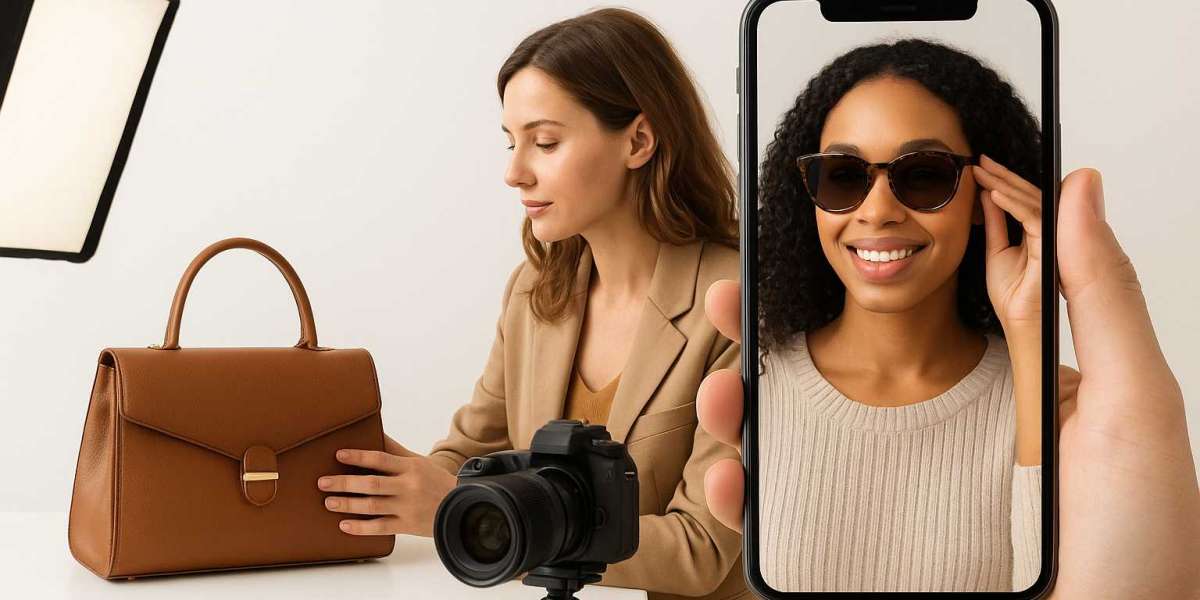In 2025, managing diabetes has become more streamlined and technologically advanced, thanks to the proliferation of Bluetooth-enabled glucose monitors. These devices offer real-time data syncing, integration with health apps, and user-friendly interfaces, making blood sugar management more efficient than ever before. However, with a plethora of options available, selecting the right monitor can be daunting.
Understanding the Importance of Accuracy
Accuracy is paramount when it comes to glucose monitoring. An inaccurate reading can lead to inappropriate insulin dosing, which may result in hypoglycemia or hyperglycemia. When evaluating a Bluetooth glucose monitor, consider the following:
- Regulatory Approval: Ensure the device meets international standards for accuracy, such as the ISO 15197:2013. Devices approved by regulatory bodies like the FDA have undergone rigorous testing to validate their accuracy.
- Clinical Validation: Look for monitors that have been clinically validated in peer-reviewed studies. This adds an extra layer of assurance regarding their reliability.
- User Reviews: Real-world user experiences can provide insights into the device's performance over time.
Ease of Use: Why It Matters
A glucose monitor should be intuitive and easy to use, especially for individuals who may not be tech-savvy. Consider the following aspects:
- Setup Process: Devices that require minimal setup and calibration are preferable.
- User Interface: A clear, easy-to-read display and straightforward navigation can enhance user experience.
- Sample Size and Testing Time: Monitors that require smaller blood samples and provide quick results can make the testing process more comfortable.
Connectivity and Data Management
Bluetooth connectivity allows for seamless data transfer to smartphones and other devices, facilitating better tracking and management of blood glucose levels. Key features to look for include:
- App Integration: Compatibility with health apps can provide comprehensive insights into your glucose trends.
- Data Storage: Devices that store historical data enable users to monitor patterns over time.
- Sharing Capabilities: The ability to share data with healthcare providers can enhance diabetes management plans.
Battery Life and Portability
For individuals who are always on the go, battery life and portability are crucial factors:
- Battery Life: Opt for monitors with long-lasting batteries to reduce the frequency of charging or battery replacement.
- Size and Weight: Compact and lightweight devices are easier to carry and use discreetly.
Cost Considerations
While advanced features are beneficial, it's essential to consider the cost:
- Device Price: High-end monitors may offer more features but come at a higher price point.
- Test Strips and Accessories: Ongoing costs for test strips and lancets can add up over time.
- Insurance Coverage: Check with your insurance provider to see which devices and supplies are covered under your plan.
Top Bluetooth Glucose Monitors in 2025
Here are some of the top Bluetooth glucose monitors available in 2025:
1. Accu-Chek Guide
- Features: Known for its accuracy and user-friendly design, it offers a spill-resistant SmartPack vial and an easy-edge test strip.
- Connectivity: Syncs data with the Accu-Chek Connect app.
- Considerations: Slightly more expensive than other models, and replacement strips can be costly.
2. Contour Next One
- Features: High accuracy with a smart light that provides instant feedback on blood glucose readings.
- Connectivity: Syncs with the Contour Diabetes app.
- Considerations: May require initial calibration, and full functionality depends on app usage.
3. FreeStyle Libre
- Features: Offers continuous glucose monitoring with a sensor worn on the body, providing real-time readings.
- Connectivity: Readings can be obtained by scanning the sensor with a reader or smartphone.
- Considerations: Higher upfront and ongoing costs compared to traditional glucometers, and some users may find wearing the sensor uncomfortable.
4. OneTouch Verio Flex
- Features: Compact design with color-coded ranges to indicate blood glucose levels.
- Connectivity: Pairs with the OneTouch Reveal app.
- Considerations: Frequent Bluetooth usage may reduce battery life, and full functionality relies on app connectivity.
5. Dario Blood Glucose Monitoring System
- Features: Integrates directly with a smartphone, providing immediate results and comprehensive data tracking.
- Connectivity: Stores and analyzes data on the Dario app.
- Considerations: Requires a smartphone for operation, and not all smartphones may be compatible.
6. Abbott FreeStyle Optium Neo
- Features: Designed for both glucose and ketone testing, making it ideal for patients who need to monitor ketone levels as well.
- Connectivity: Provides insulin dosing recommendations and stores up to 1000 test results.
- Considerations: Slightly more expensive due to dual testing capability, and ketone strips may be less readily available.
7. iHealth Smart Wireless Gluco-Monitoring System
- Features: Offers wireless connectivity and a sleek design, making it a modern choice for tech-savvy users.
- Connectivity: Syncs with the iHealth app via Bluetooth and stores data in the cloud.
- Considerations: Higher initial cost due to advanced features, and Bluetooth connectivity may sometimes be unreliable.
8. Fora 6 Connect
- Features: A multi-parameter monitoring system that measures glucose, ketones, hematocrit, and hemoglobin levels.
- Connectivity: Syncs with the ForaCare app.
- Considerations: Higher cost due to multi-parameter capability, and larger than standard glucometers.
9. Livongo Blood Glucose Monitoring System
- Features: Focuses on patient support and real-time feedback, offering a holistic approach to diabetes management.
- Connectivity: Syncs with the Livongo app and provides access to certified diabetes educators.
- Considerations: Requires a monthly membership fee and is currently available only in certain regions.
10. CareTouch Blood Glucose Monitoring System
- Features: A budget-friendly option that doesn’t compromise on accuracy and ease of use.
- Connectivity: Provides readings in 5 seconds and stores up to 300 readings.
- Considerations: Lacks some advanced features found in higher-end models.
Final Thoughts
Choosing the right Bluetooth glucose monitor in 2025 involves balancing accuracy, ease of use, connectivity, portability, and cost. By considering the factors outlined in this guide and evaluating the top devices available, you can select a monitor that aligns with your lifestyle and health needs. Remember to consult with your healthcare provider to ensure the chosen device complements your diabetes management plan.
For a reliable and feature-rich option, consider the bluetooth blood sugar monitor by LifeSmart, which offers both glucose and ketone monitoring capabilities, seamless Bluetooth connectivity, and user-friendly design.







